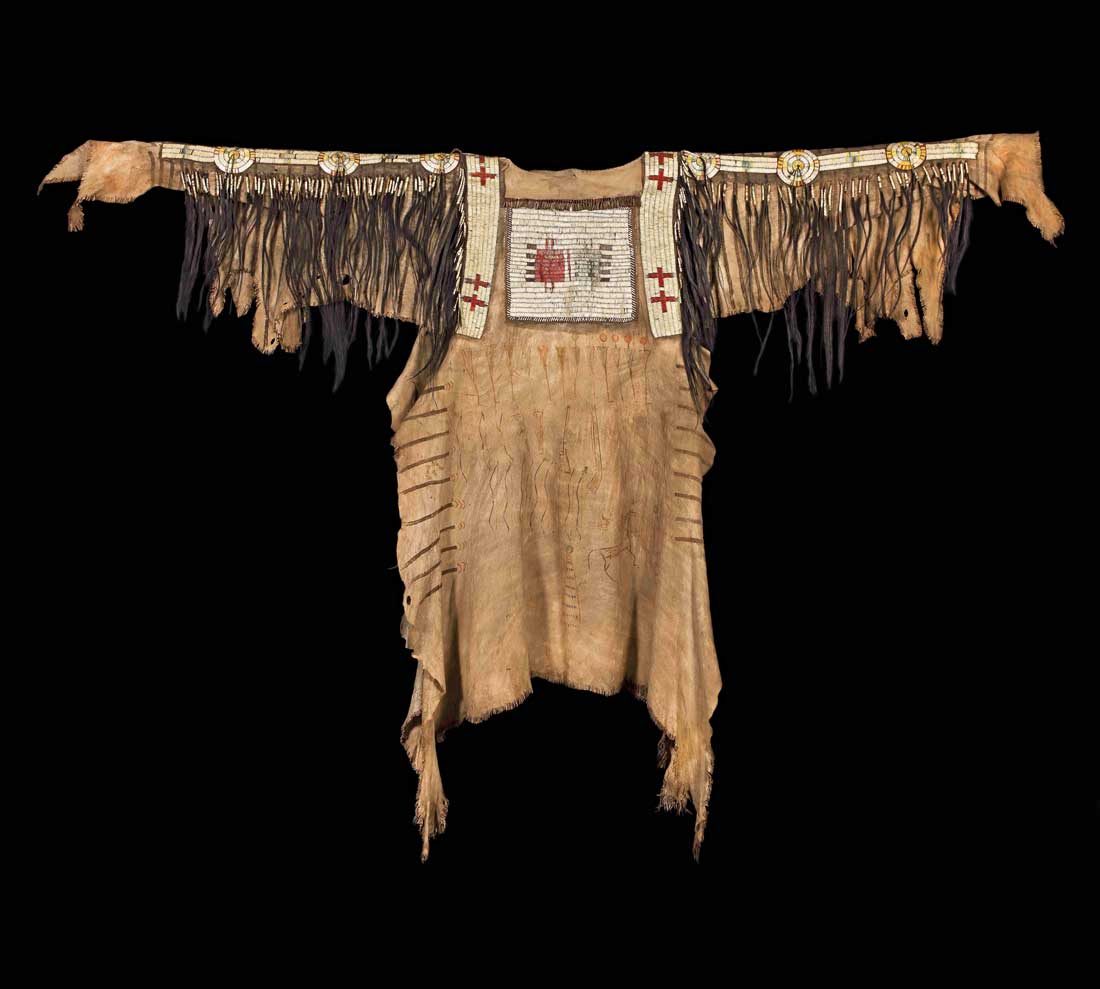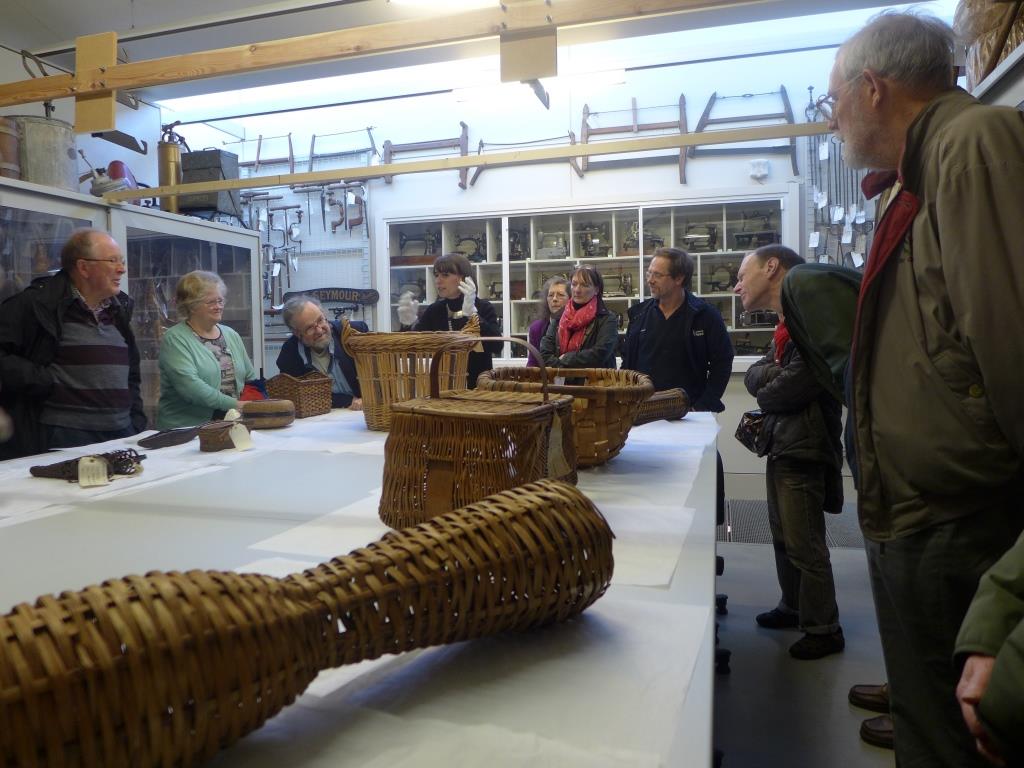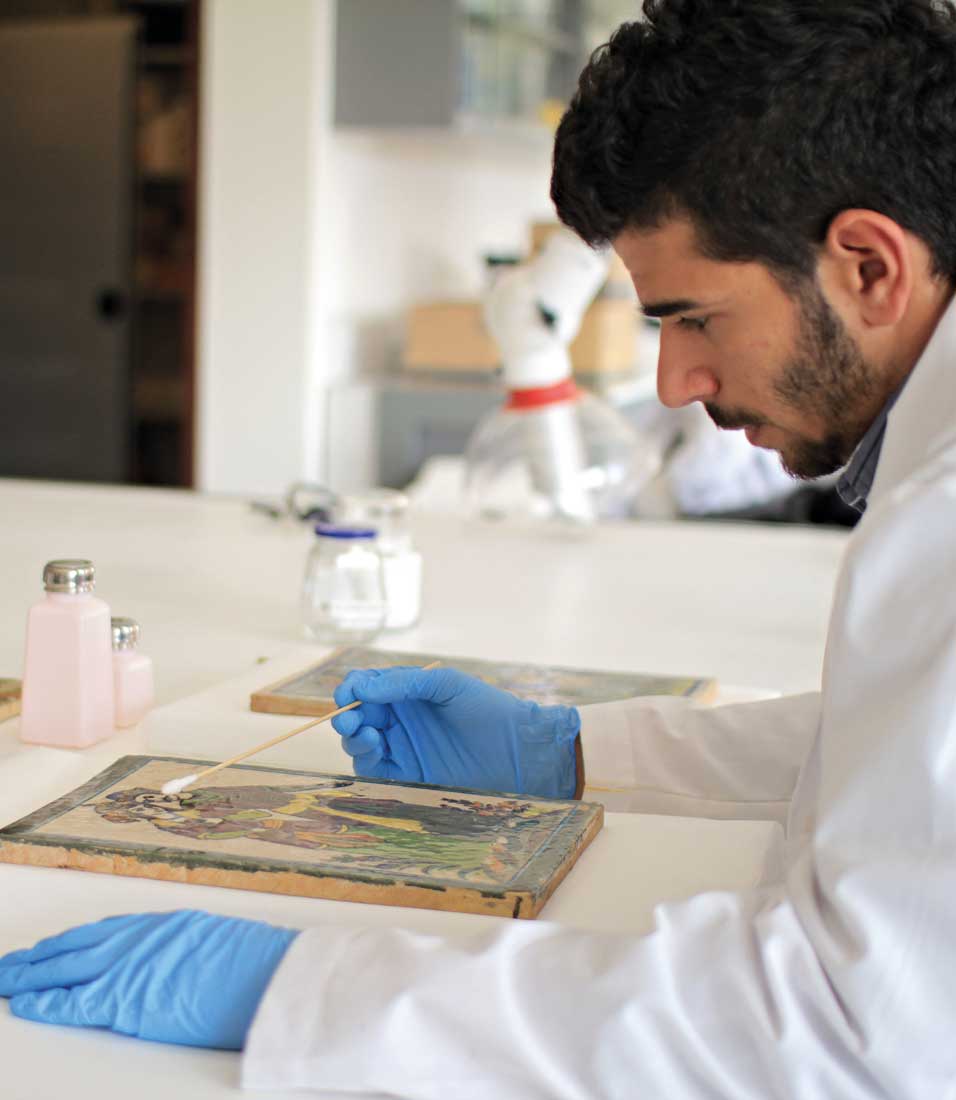Manchester Museum, University of Manchester
Shared provenance research with communities: stories of Zulu beadwork
Manchester Museum, University of Manchester
Royal College of Music Museum
Reimagining and evaluating: the new Royal College of Music Museum
Museum of Domestic Design and Architecture, Middlesex University
September 2022 – December 2023
University College London
Performing Planet Activism
June 2022 – February 2023
Oxford University Museum of Natural History
Meat the Future
May 2021 – June 2022
GLAM, University of Oxford
The O-ACE Project: how can online museum content be beneficial for mental health?
June 2020 – March 2022
The Barber Institute of Fine Arts
Barber Health Community Outreach: Connections, Collaboration & Creativity in Covid-19 Recovery
Pilot project: September – October 2021
Manchester Museum
A New China Gallery at Manchester Museum
2020 – 2021
University of Edinburgh
Prescribe Culture’s Lockdown Pathways
Pilot project: 2019
Betty Smithers Design Collection, Staffordshire University
Collections and Disability
Fitzwilliam Museum, University of Cambridge
Origins of the Afro Comb
Pitt Rivers Museums, University of Oxford
Visiting With the Ancestors: The Blackfoot Shirts Project
Durham University
The Birthplace of the Buddha



